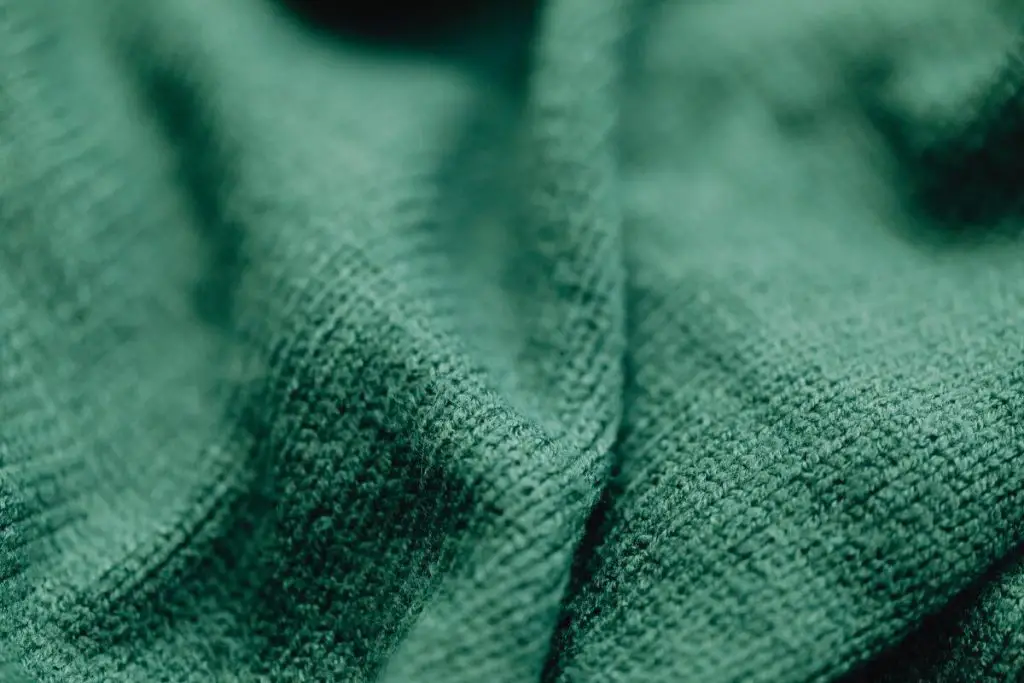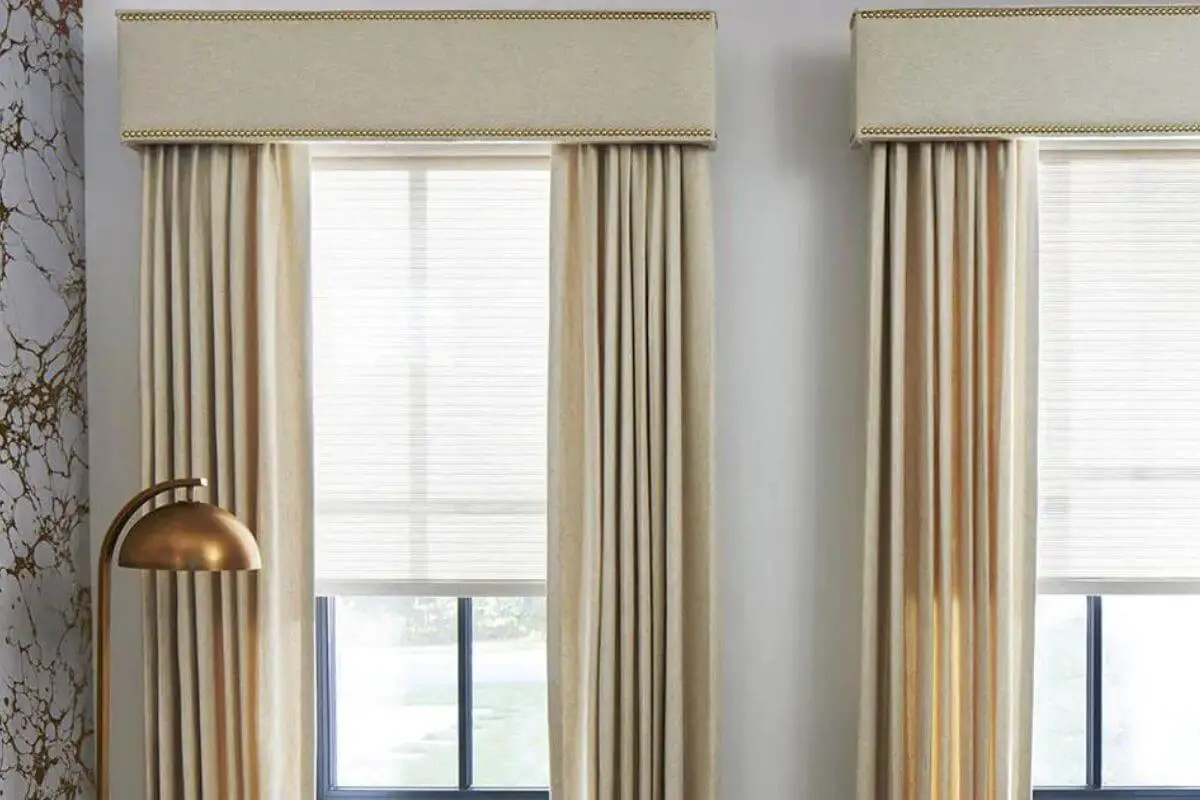When it comes to window treatments, one important choice you’ll have to make is whether to use a valance or not. Both options have their own set of advantages and aesthetics that can significantly impact the overall look and feel of your space. In this article, we’ll delve into the world of valances and explore the differences between using a valance and not using one for your windows.
Introduction
Window treatments play a pivotal role in interior design, and valances are one such option that adds a touch of elegance to your windows. But is this always the best choice? What about the sleek simplicity of leaving your windows bare? Let’s explore the valance versus no valance debate and help you make an informed decision for your space.
What is a Valance?
A valance is a decorative fabric treatment that covers the uppermost part of a window. It can range from simple to ornate and is often used to conceal curtain rods or other hardware. Valances come in various styles, each offering a unique aesthetic to complement your interior decor.
The Appeal of Valances
Valances have a timeless charm that can instantly elevate the ambiance of a room. They add depth and visual interest to your windows, making them a focal point. With the right fabric and design, valances can transform even the most mundane windows into elegant design elements.
Types of Valances
Rod-Pocket Valances
Rod-pocket valances are among the most common types. They feature a pocket along the top through which the curtain rod is threaded. This creates soft gathers and a casual, relaxed look.
Scarf Valances
Scarf valances are more versatile and less structured. A long piece of fabric is draped across the curtain rod, allowing you to create various styles, from flowing and romantic to more tailored and contemporary.
Box-Pleated Valances
Box-pleated valances offer a more structured appearance with tailored pleats sewn along the top. This style works well in formal settings and adds a touch of sophistication to your windows.
When to Choose Valances
Adding Elegance and Softness
Valances are an excellent choice when you want to soften the look of your windows and add a touch of elegance. They bring a sense of refinement and can complement traditional and classic interior styles.
Concealing Hardware
If you have curtain rods or blinds that aren’t the most aesthetically pleasing, valances can come to the rescue. They hide the hardware while adding a cohesive look to your window treatments.
What Are No Valances?
No valances, also known as bare windows, involve leaving the top part of your windows uncovered. This minimalist approach emphasizes the beauty of the windows themselves and the outside view.
The Simplicity of No Valances
No valances offer a clean and uncluttered look that suits modern and contemporary interiors. This style celebrates simplicity and lets the natural light take center stage.
Benefits of No Valances
Emphasizing Minimalism
No valances align with minimalistic design principles, making them a great choice for spaces with clean lines and a clutter-free aesthetic.
Showcasing Architectural Features
If your windows have unique architectural features, such as arched tops or intricate frames, skipping the valance allows these elements to shine.
Choosing Between Valances and No Valances
Coordinating with Room Style
When deciding between valances and no valances, consider the overall style of your room. Valances add a touch of luxury, while bare windows create a modern and open atmosphere.
Considering Privacy and Light Control
Valances can provide an extra layer of privacy and light control, which might be essential in certain rooms. No valances allow for an uninterrupted view and maximum natural light.
Finding the Right Fabric
Whether you choose valances or no valances, selecting the right fabric is crucial. For valances, opt for fabrics that complement your decor and add texture. For bare windows, choose quality window glass treatments that enhance the view.

Installation and Maintenance
Installing valances is relatively simple, involving curtain rods or hooks. No valances require no additional hardware. Maintenance varies based on fabric and design but generally involves regular cleaning and occasional adjustments.
Valance and No Valance Combinations
In some cases, you can combine valances with other window treatments, like curtains or blinds. This layered approach adds depth and functionality to your windows.
DIY Window Treatment Ideas
Feeling creative? Explore DIY window treatment ideas. From simple curtain ties to handmade valances, DIY options allow you to customize your window decor.
Conclusion
In the valance vs. no valance debate, there’s no one-size-fits-all answer. It depends on your style preferences, the room’s decor, and the functionality you need. Whether you opt for the elegance of valances or the sleek simplicity of no valances, make sure it aligns with your vision for the space.
FAQs
Can I use valances in a contemporary-styled room?
Absolutely! Valances can be adapted to suit various interior styles, including contemporary ones. Opt for clean lines and subtle designs.
Do valances block more light than no valances?
Valances might slightly reduce the amount of incoming light, but the difference is usually minimal. If light control is a priority, consider other window treatments.
Can I install valances myself?
Yes, installing valances is typically a DIY-friendly task. Most valances can be hung using simple hardware.
Are no valances better for small rooms?
No valances can create an illusion of more space and openness, which can be beneficial for smaller rooms.
What are some eco-friendly fabric options for valances?
If you’re looking for eco-friendly choices, consider fabrics made from organic materials like cotton or linen, or even recycled materials.




